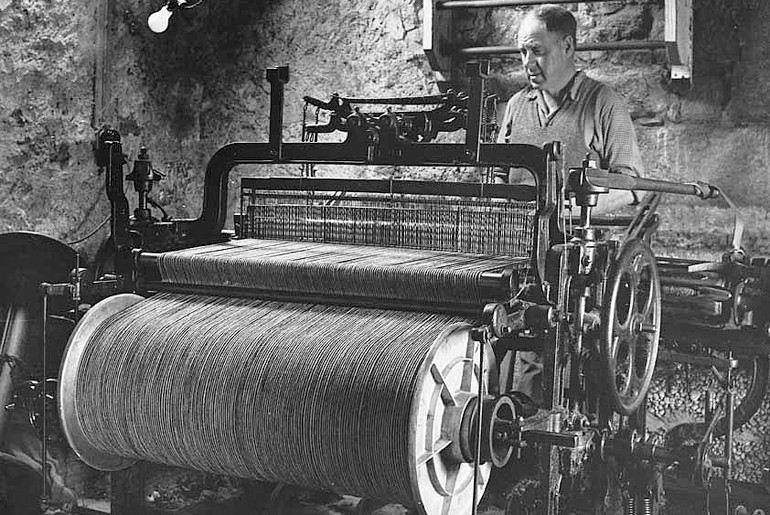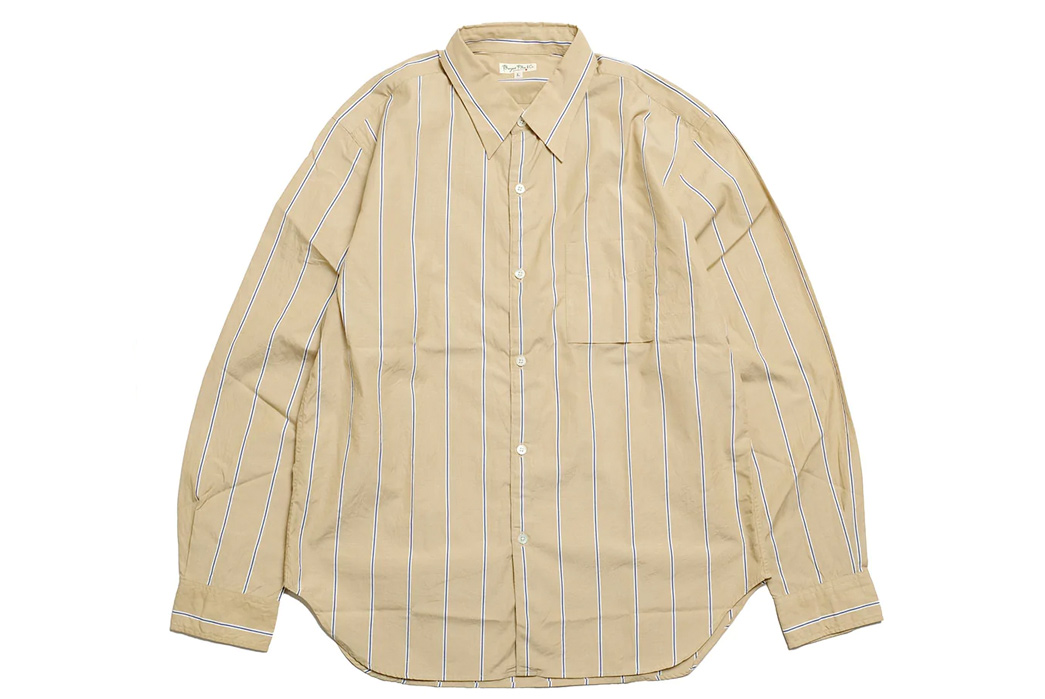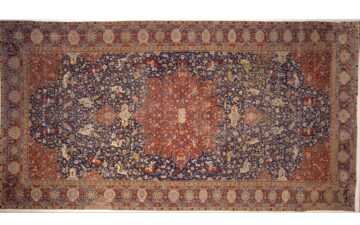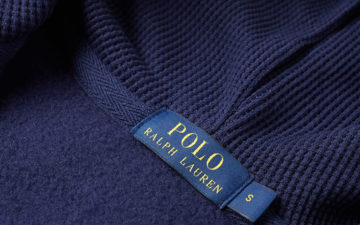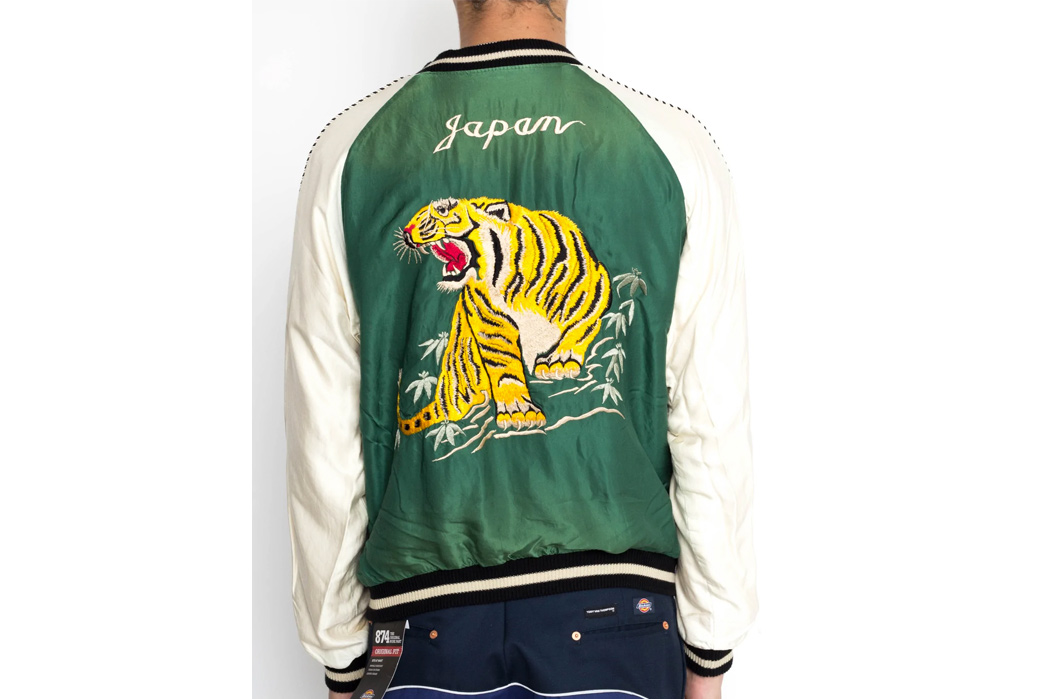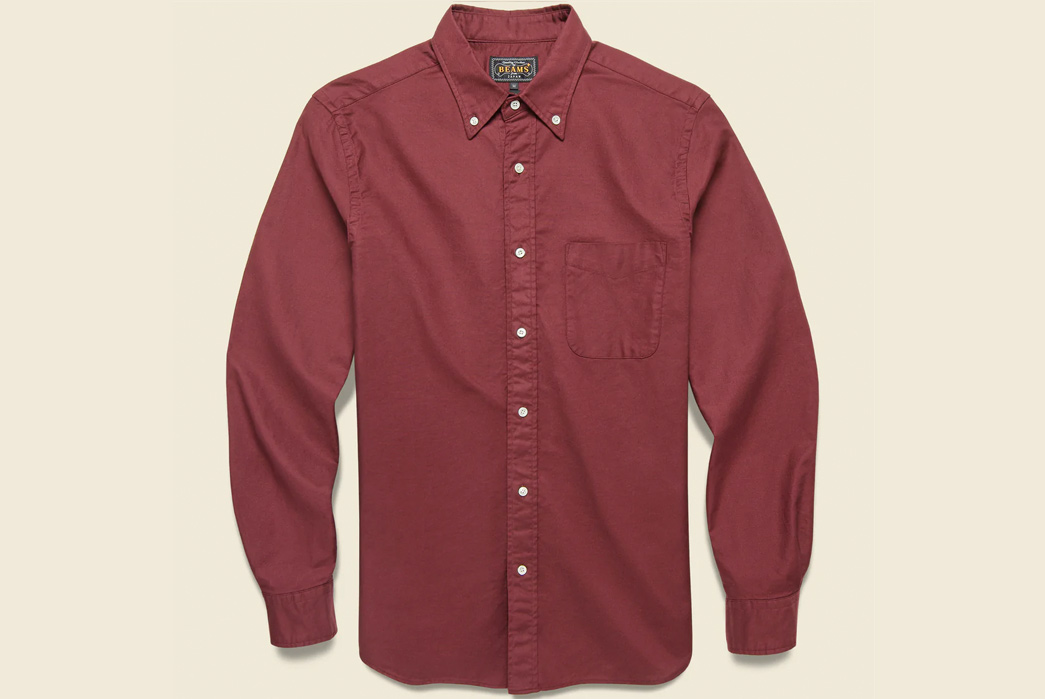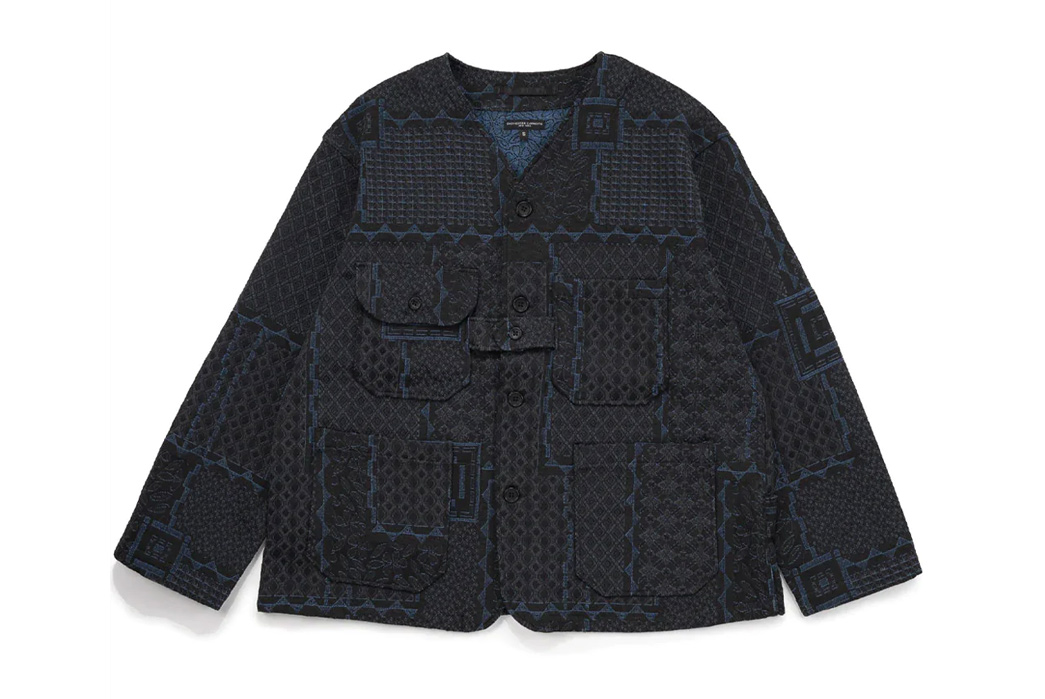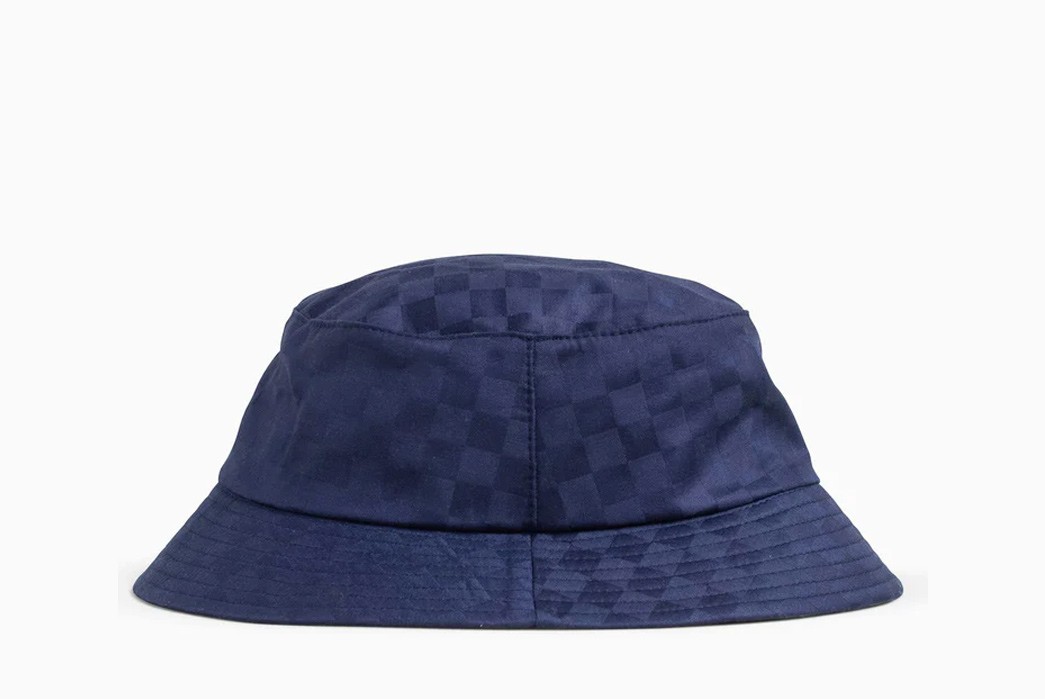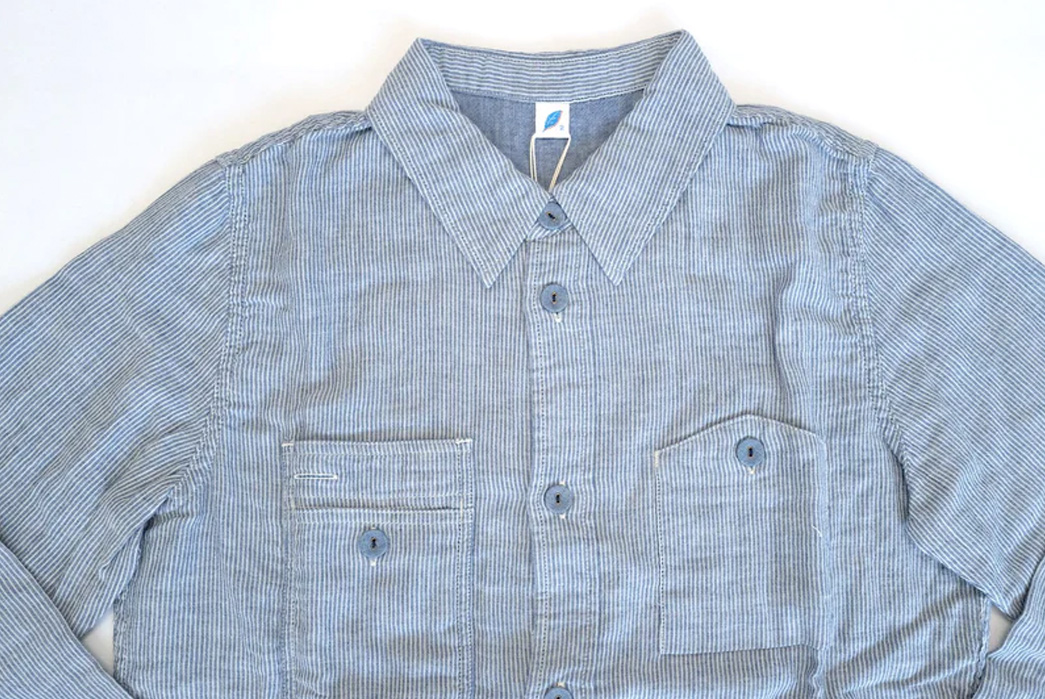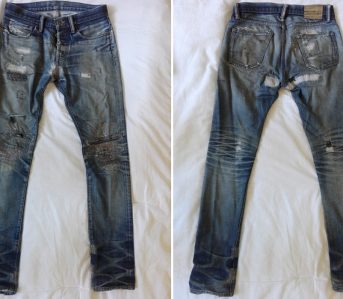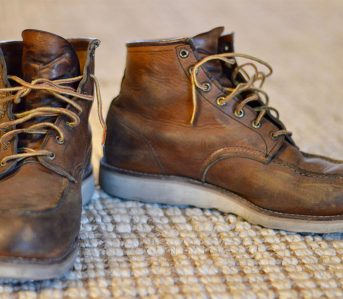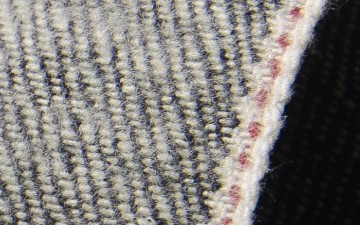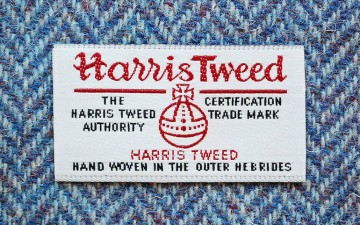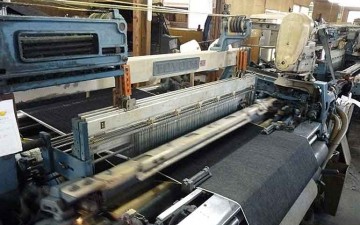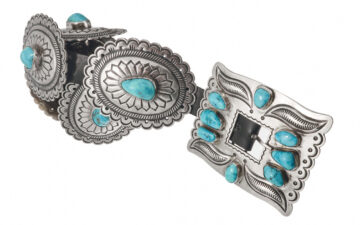Woven fabrics make up the majority of our wardrobes. Your raw denim jeans, your Oxford cloth shirt, the satin linings on your jacket pockets–all of these fabrics are the result of the intricate process known as weaving. In simple terms, woven fabrics are those which have been produced by interlacing two (or more) yarns in a sequence of right angles to create one piece of cloth.
There are many different weave patterns out there, all of which create different fabrics. But knowing the difference between some of the most common weaves can be challenging, so today, we’re providing you with a general overview of some of the most common weave patterns and how they are made.
1. Plain Weave
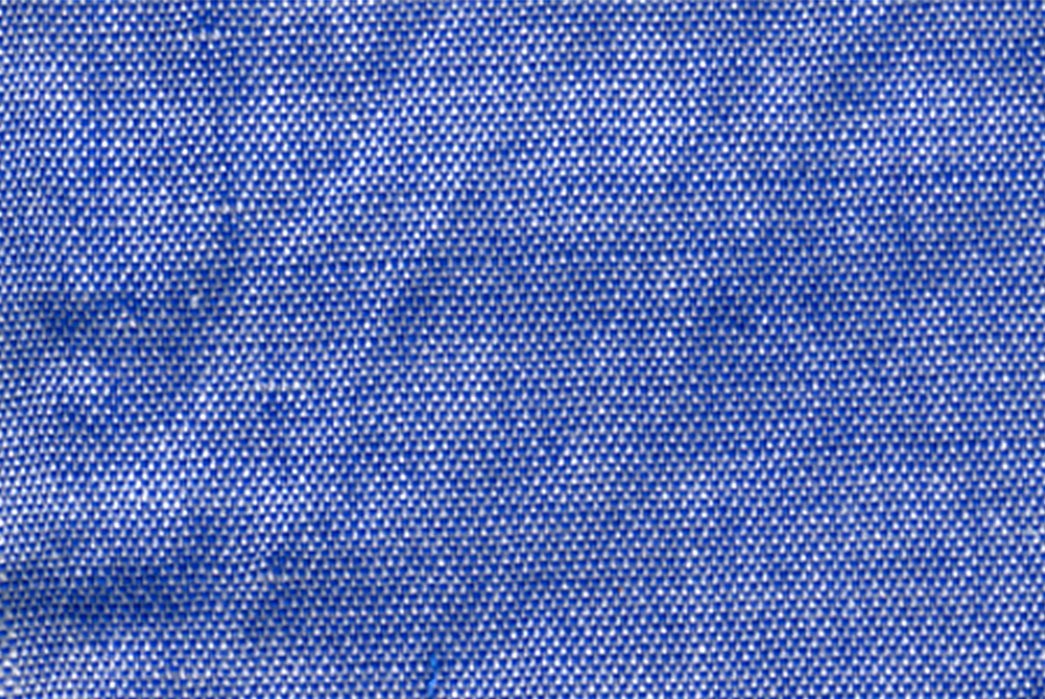
Image via custom shirt
Plain weave is the most fundamental type of textile weave which forms a strong, durable, and versatile cloth.
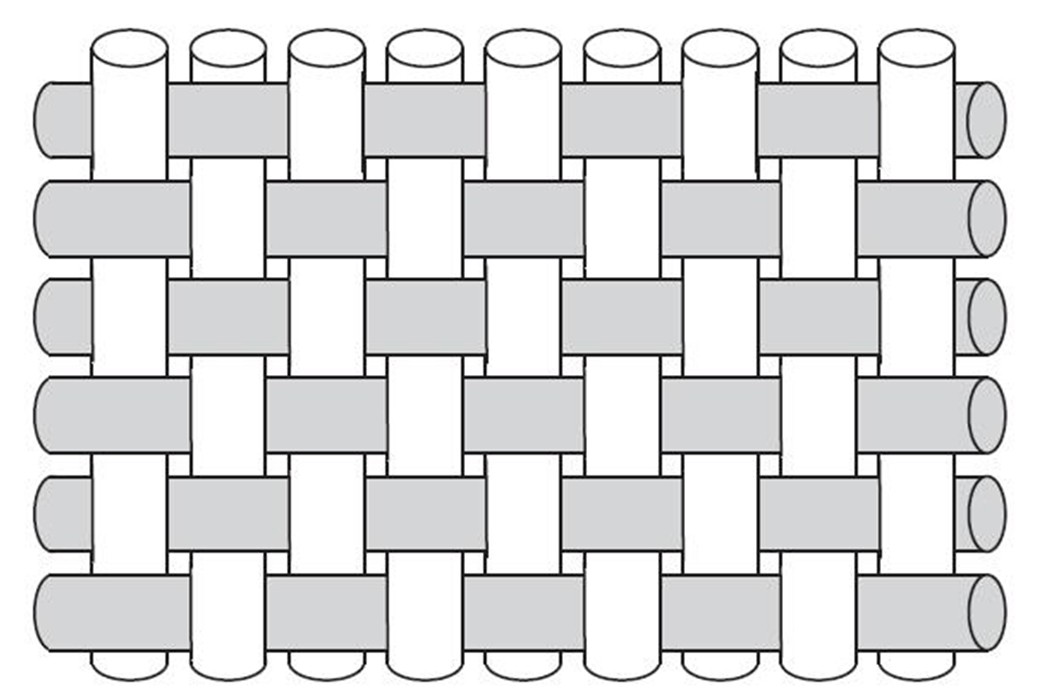
Image via pinterest
In plain weave, the warp and weft are interlaced in a basic criss-cross pattern, with the weft thread passing over the warp in an ‘over and under’ sequence. This results in a checkerboard style appearance which you can see if you closely examine a plain-weave textile, such as cotton poplin.
Check out this poplin, plain woven shirt from Burgus Plus at Hinoya.
2. Twill
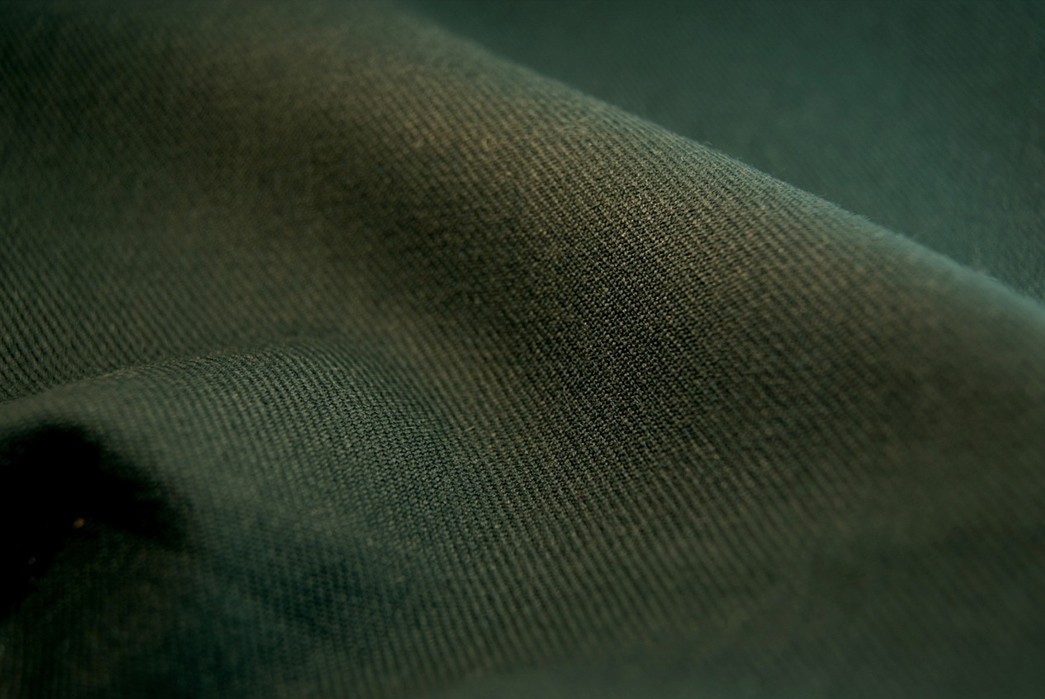
Image via Trim Fabric
Twill is among the most widely used weaves within textile production. Easily identified by its pattern of diagonal lines, twill weave is used to create strong fabrics such as tweed, gabardine, and of course, denim.
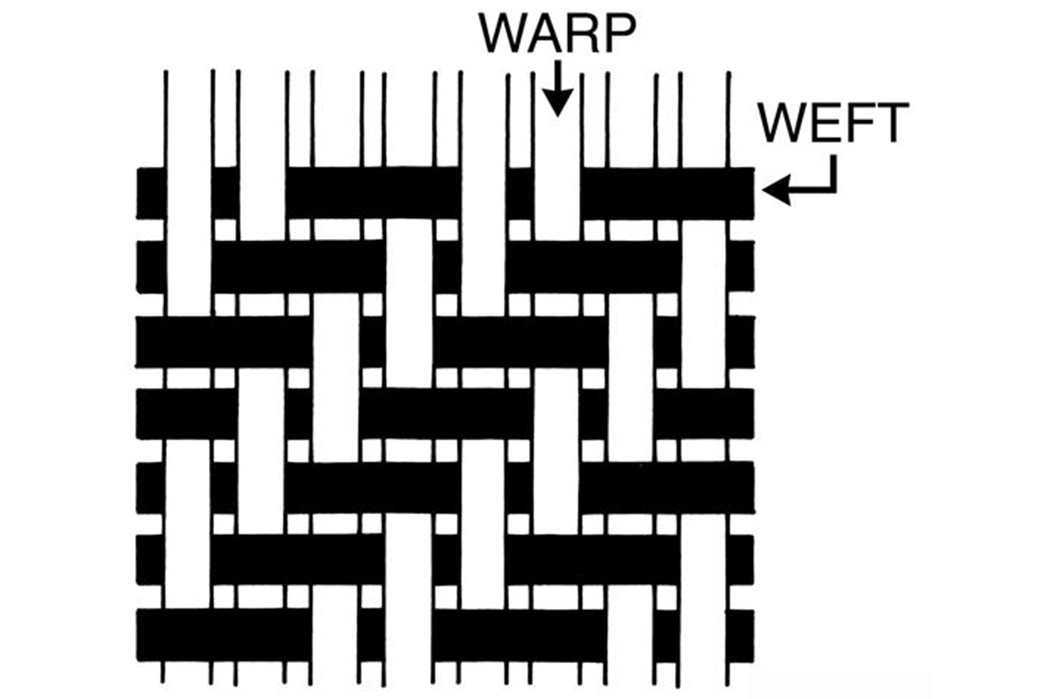
Image via Pinterest
As you can see from the above diagram, twill weave is formed by passing the weft yarn under and over multiple warp yarns, in an alternating sequence which creates a diagonal ribbed pattern on fabrics surface.
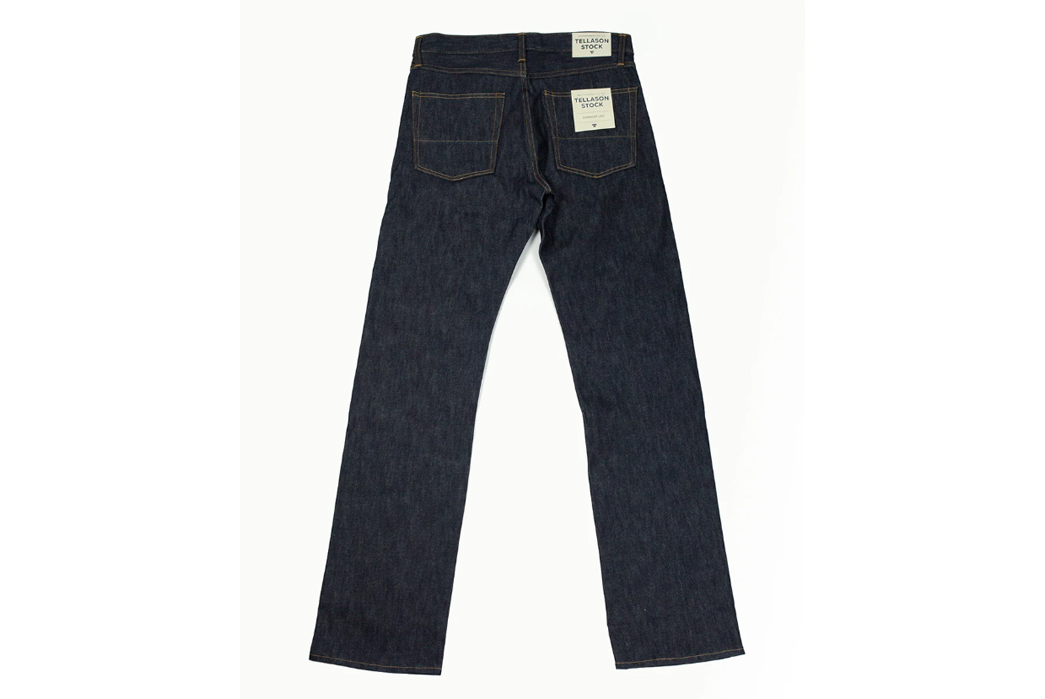
Denim is about the most popular twill around, using a 3×1 weaving pattern. Have a look at this pair of jeans from Tellason Stock.
3. Satin
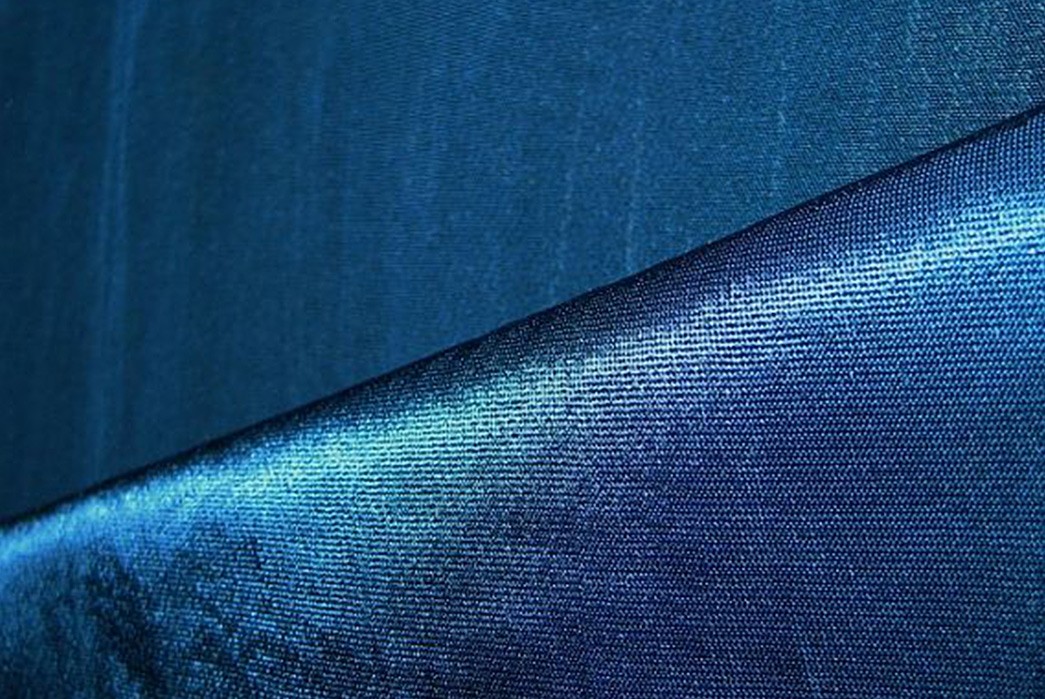
Image via Pinterest
Satin weave creates a super smooth fabric that has a soft hand and drapes well. This weave is achieved by ‘floating’ the warp or weft yarn over four or more of the opposite yarn. The floating yarn is then passed under one of the opposite yarn before repeating the process again.
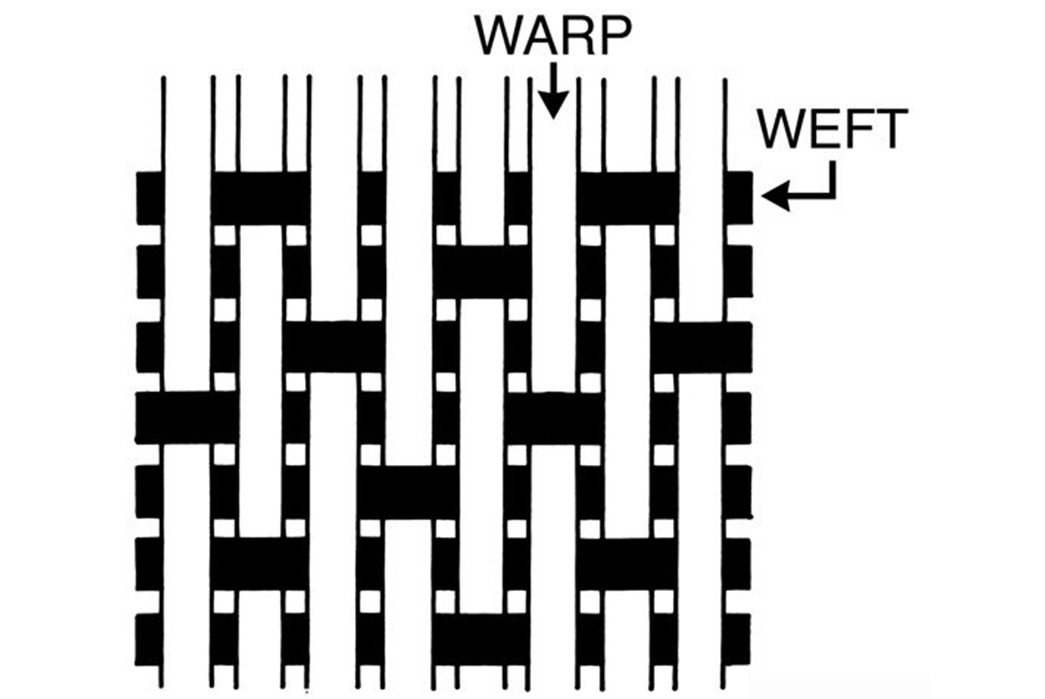
Image via pinterest
It is this long distance between the interlockings of the yarns which helps to create a smooth, lustrous sheen on the face of a fabric.
One of the most iconic uses of satin is in souvenir jackets, or “sukajans”, like this one from Toyo Enterprises that’s available at Blue in Green.
4. Basketweave
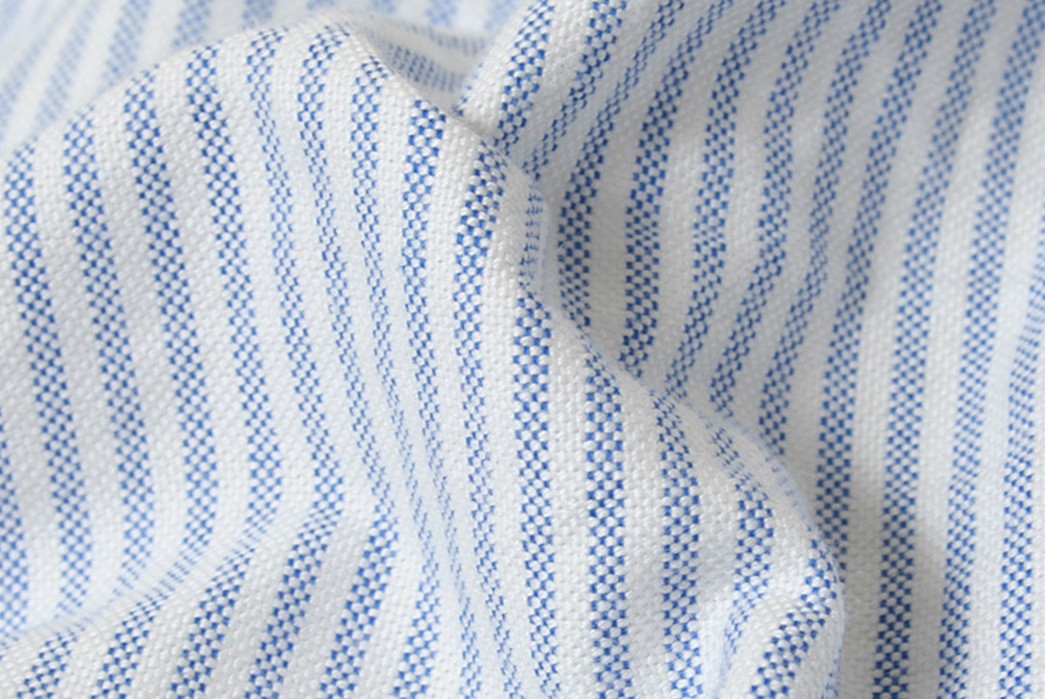
Image via Proper Cloth.
Basket Weave is highly similar to plain weave. The same plain weave pattern is followed, but with two or more yarns combined and woven as one (the number of yarns used is even and consistent throughout).
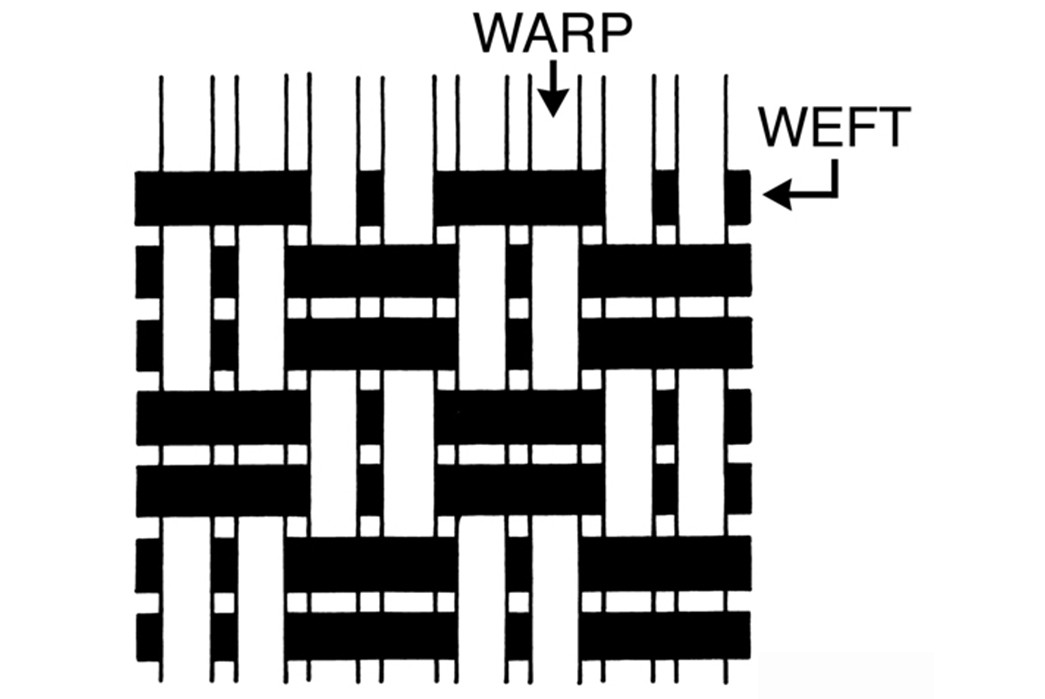
Image via Pinterest.
This creates a more textured fabric that greater emphasizes the checkerboard pattern of the plain weave.
Oxford cloth is an example of a fabric that utilizes basket weaving – if you have an oxford shirt like the one above from Beams Plus at Stag Provisions, look closely and you’ll easily notice the pattern.
5. Jacquard
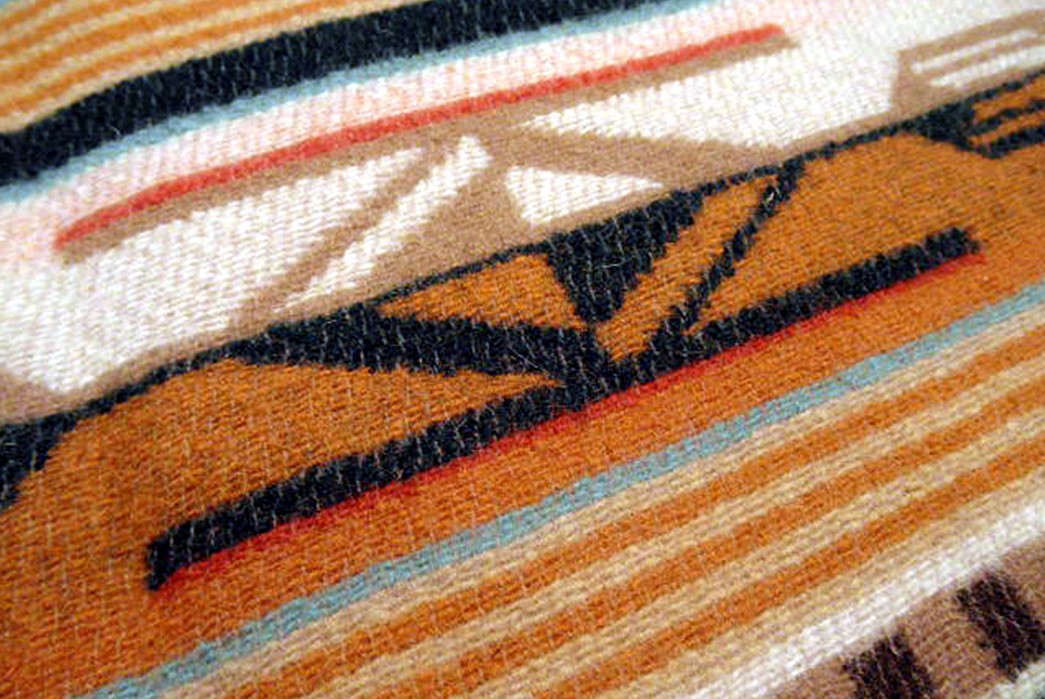
Image via Rakuten
Jacquard weave refers to a weaving process that creates a bespoke patterns or image within a fabric. A Jacquard weave is produced on a special loom called the Jacquard Loom, which uses a vast series of hole-punched cards to control which yarns are raised during the weaving process, allowing patterns of endless complexity to be woven into the cloth.
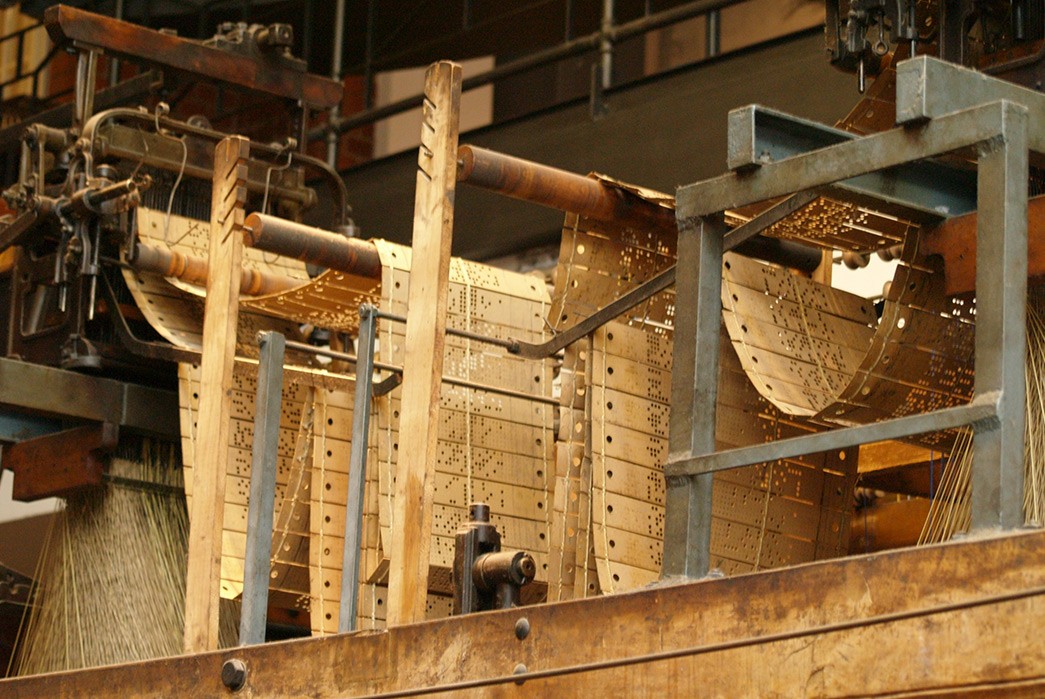
Hole-punched cards feeding into a large scale Jacquard loom via Landscapes N Figures.
Via the jacquard process, you can achieve extremely intricate designs woven directly into the fabric like this Engineered Garments CPO Shirt at Hatchet Supply Co.
6. Dobby
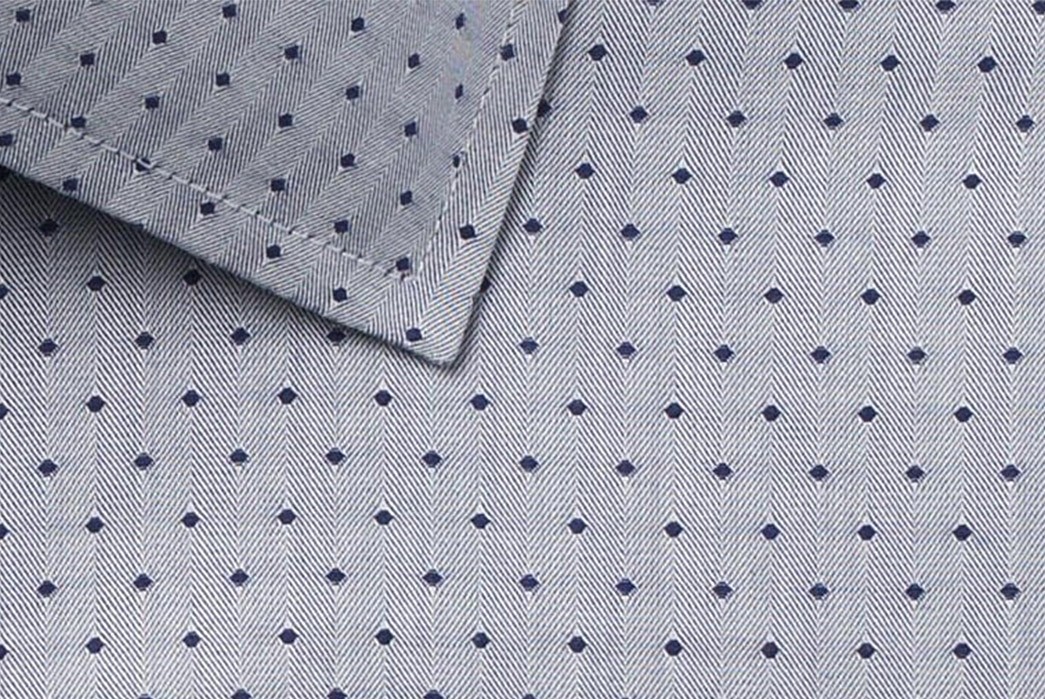
Image via Indochino
Dobby weaves are those which contain small geometric patterns, produced on a Dobby loom. The Dobby loom is almost like a simplified Jacquard loom, which uses an attachment known as a “Dobby” to control the lifting of the warp threads, thus allowing the creation of uniform patterns.
Have a look at the dobby checkerboard effect on this Lite Year bucket hat at Lost & Found.
7. Leno
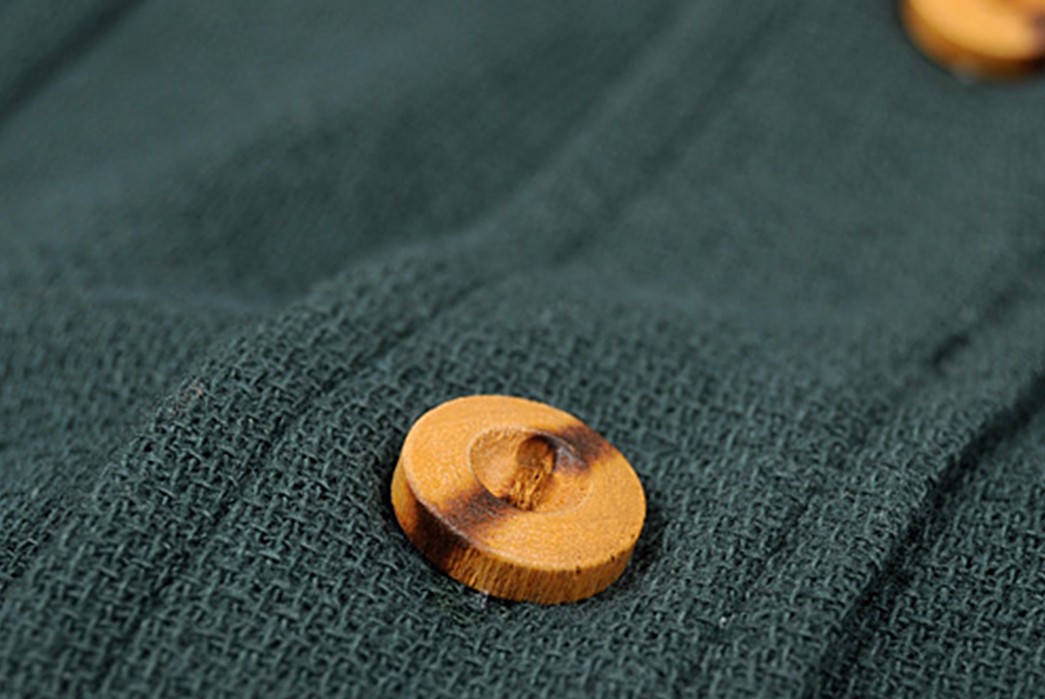
Image via Hickorees
Also known as Gauze or Cross weaving, Leno weave is a weave in which two warp yarns twist and grip tightly around the weft yarns. This makes for a more open weave that can be woven tightly for shirting or left completely loose to resemble netting or mesh.
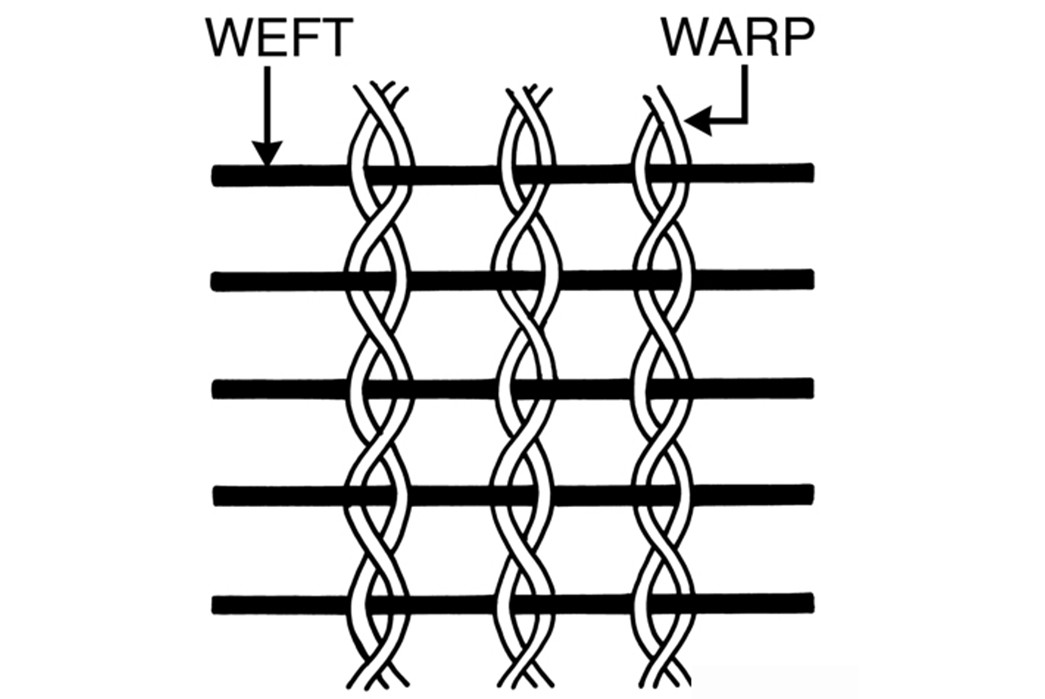
Image via Acorn fabrics
This Pure Blue Japan workshirt features not one, but two layers of leno-woven gauze. Check it out at Corlection.

